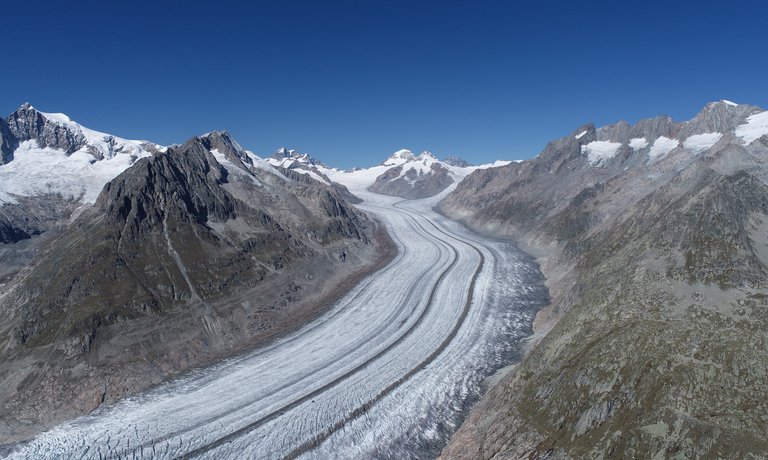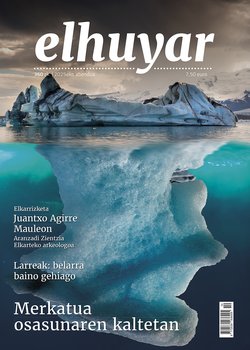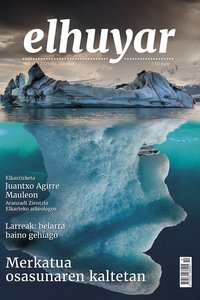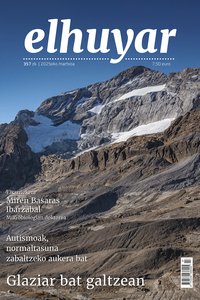Twice the mass of glaciers could be maintained if global warming is limited to 1.5°C

The loss of glaciers is already inevitable, and according to an international study recently published in the journal Science, if the current trend continues, by the end of this century the global average temperature will be 2.7°C warmer and only 24% of the glacier mass will remain. However, it is estimated that if the warming were limited to 1.5°C (as established by the Paris Agreement), 53% of the glacier mass would remain.
Eight glacier models have estimated the potential loss of ice for more than 200,000 glaciers. According to these estimates, even if the world’s climate did not get warmer, 39% of the global glacier mass would disappear, causing the sea level to rise above 10 cm. Specifically, about 2% of the glaciers are lost per 0.1°C of global warming.
“When you lose a glacier you lose more than ice,” said glaciologist Ixeia Vidaller Gayán in her report on the evolution of glaciers in the Pyrenees. In fact, in addition to affecting sea level, the loss of glaciers can have many more consequences, both in nature and in society. This has also been highlighted by the researchers of this study, adding that these effects will be felt in different regions and generations. Thus, they have stressed the importance and urgency of appropriate climate policies to reduce the loss of glaciers.
Buletina
Bidali zure helbide elektronikoa eta jaso asteroko buletina zure sarrera-ontzian











